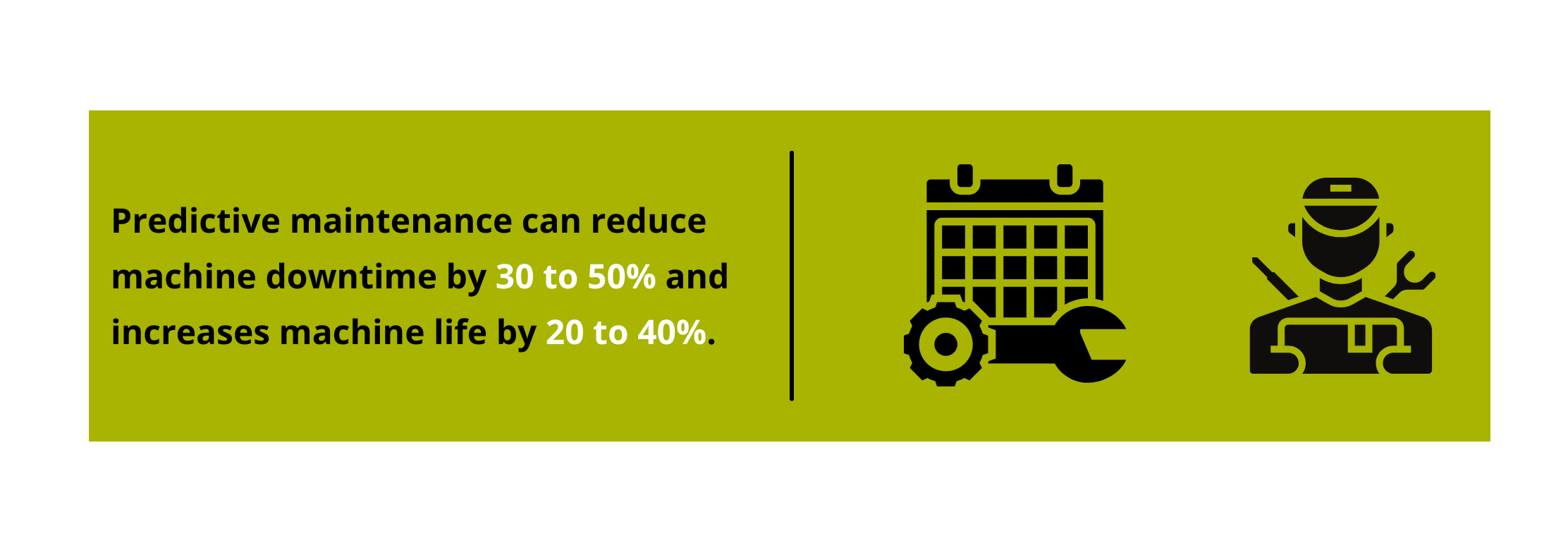Why is it Important Your Failure Codes Are Set Up Correctly?
When failure codes are set up correctly, they can help you gather valuable information pertaining to your company’s assets that promotes preventative and efficient maintenance. This information can be applied to work orders and used for reliability analysis. However, when your failure codes are not correctly set up in SAP or Maximo this can impact your assets, your maintenance operations, and your ROI.

Technicians Will Not Be Able to Define Why and What Part of an Object Failed
When object specific failure codes and catalog profiles are not maintained in SAP or Maximo and associated to the maintenance object, technicians are unable to easily define why and what part of an object failed.
Incorrect Failure Codes May Be Used
If failure codes are not defined correctly, technicians will tend to use the first available failure code as it is time consuming to navigate through all the available failure codes. This can lead to incorrect failure codes being used, which impacts the accuracy and reliability of your asset data.
Failure Trends Cannot Correctly Be Identified
Failure codes can help your company identify problematic trends by defining why a particular asset failed during operation and linking this to failure codes that were reported in the past. By analyzing this information, you can gain valuable insight into your assets, make informed changes to your preventative maintenance schedules, and create long-term plans for dealing with reoccurring maintenance.
If your failure codes are not correctly set up in SAP or Maximo, then technicians are not able to accurately report on object failures using failure codes. As a result, you may be unable to correctly identify problematic trends, improve the efficiency of your maintenance operations, and minimize the risk of equipment failures.
Reliability Analysis is Challenging
If your failure codes are not set up correctly in SAP or Maximo, any type of reliability analysis will become very difficult as the true nature of the of the failures are unknown. Reliability analysis is vital for limiting downtime by ensuring your equipment can functions without failure.

Consider Improving Your Failure Codes
Ensuring that your failure codes are set up correctly helps your company achieve peak performance with minimal downtime, identify problematic failure trends, and allows your engineers to perform reliability analysis and continuously improve your maintenance strategies.
NRX AssetHub, powered by HubHead Corp. can you help you analyze and correctly set up your failure codes for your EAM and CMMS systems. If you would like to learn more about our solutions, do not hesitate to book a demo, and our team would be happy to help!
Avoiding Asset Data Loss During an EAM Migration

Here’s What Happens to Maintenance When your EAM Data is Bad

What to do about Unexpected Downtime

Share this article

